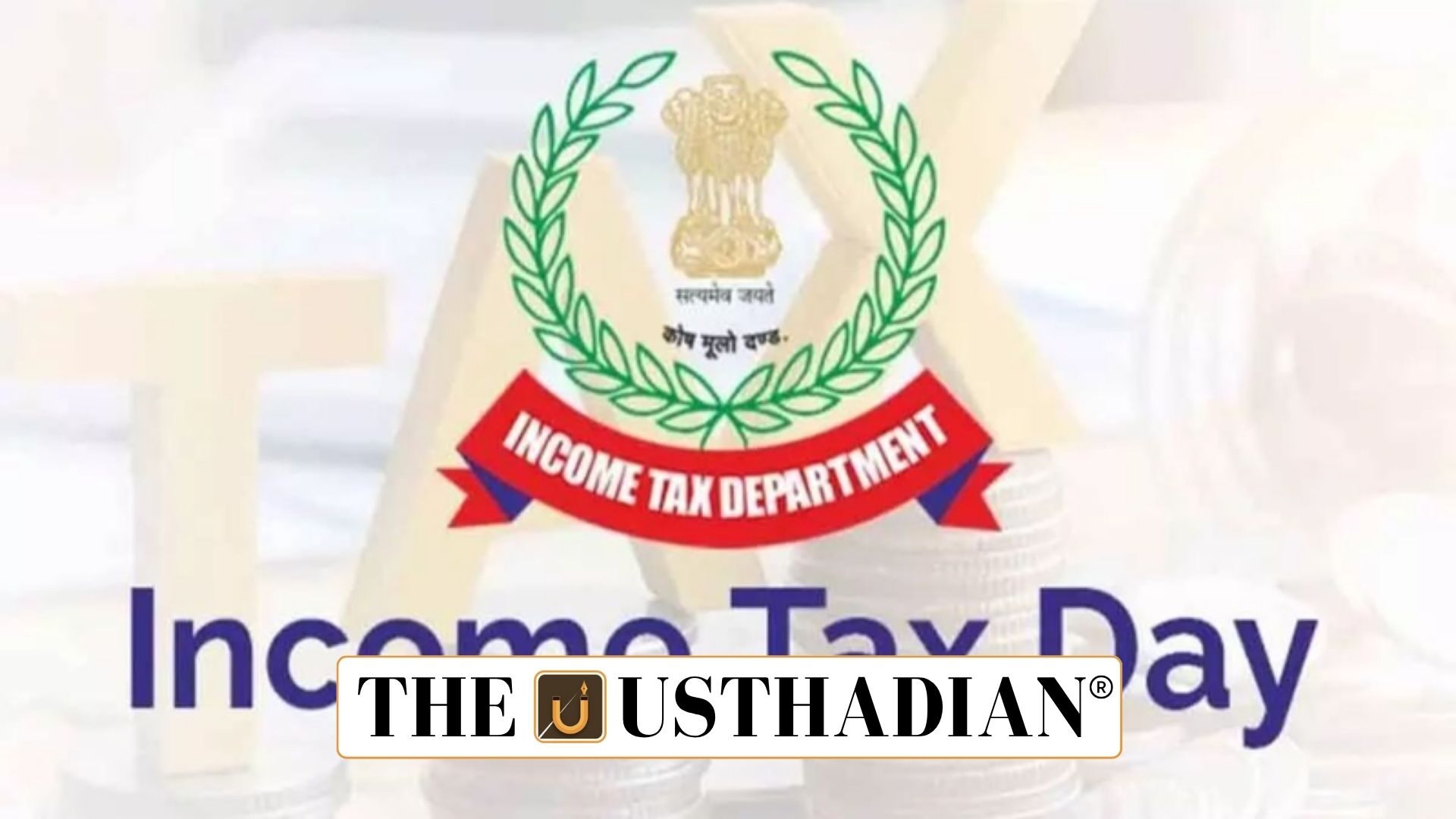Historical beginning and evolution
Income Tax Day July 24 Reflects India’s Digital and Fiscal Rise: Income Tax Day is observed annually on July 24 to commemorate the introduction of income tax in India in 1860 by Sir James Wilson. It was originally introduced to meet war-related financial needs during the colonial era. Over time, it evolved into a symbol of economic maturity and digital progress.
Static GK fact: The Income-tax Act of 1922 was the first formal framework for income tax governance in India, later restructured by the Income-tax Act of 1961, which governs taxation today.
Role in economic nation-building
Income tax today is more than a financial tool—it funds essential public goods and national welfare. Revenue from direct taxes supports sectors like education, healthcare, defence, and infrastructure. It also enables wealth redistribution, helping reduce inequality and supporting inclusive growth.
Static GK fact: The Central Board of Direct Taxes (CBDT) functions under the Department of Revenue, Ministry of Finance, and supervises income tax operations across the country.
Rising compliance and taxpayer base
India has seen a major surge in income tax compliance and awareness. Over 9.19 crore returns were filed in FY 2024–25, a sharp rise from 6.72 crore in FY 2020–21, reflecting improved transparency and simplification.
This growth shows that more citizens are voluntarily joining the system, guided by trust and better technology-driven services.
Jump in gross direct tax collections
India’s Gross Direct Tax Collections have grown significantly in five years:
- ₹12.31 lakh crore (FY 2020–21)
- ₹27.02 lakh crore (FY 2024–25, provisional)
This doubling of tax collection shows improved tax base, efficient administration, and post-COVID economic recovery.
Technology at the core of transformation
The Income Tax Department has led India’s digital governance through consistent innovations:
- PAN introduction (1972), Computerization (1981)
- CPC launch (2009) for fast, jurisdiction-free return processing
- TRACES portal (2012) and TIN 2.0 platform
- AIS and TIS provide pre-filled, real-time income and transaction summaries
- Faceless Assessment removes human bias and promotes fairness
Static GK Tip: India is among the first major economies to implement faceless tax assessments on a national scale.
Behavior change through NUDGE strategy
The IT Department now focuses on non-intrusive monitoring using the NUDGE approach—a behavior science technique that guides taxpayers through subtle prompts and analytics. Project Insight builds a 360° digital profile for each taxpayer to detect inconsistencies without immediate scrutiny.
Trust-based governance is replacing enforcement-led compliance.
Key reforms in Budget 2025–26
The recent Union Budget 2025–26 introduced:
- No tax up to ₹12 lakh under the new regime
- Standard deduction raised to ₹75,000
- Higher TDS/TCS thresholds
- Return filing window extended to 4 years
These changes ease compliance, support consumption, and simplify procedures.
National relevance of Income Tax Day
Income Tax Day celebrates India’s journey from colonial taxation to voluntary, tech-based compliance. It honors tax officials, reforms, and citizens contributing to economic stability.
It also reflects the government’s efforts to make digital-first governance inclusive, efficient, and transparent.
Static Usthadian Current Affairs Table
Income Tax Day July 24 Reflects India’s Digital and Fiscal Rise:
| Topic | Detail |
| First Income Tax in India | Introduced by Sir James Wilson in 1860 |
| Current Income-tax Law | Income-tax Act, 1961 |
| Governing Body | Central Board of Direct Taxes (CBDT) |
| Returns filed in FY 2024–25 | Over 9.19 crore |
| Gross Direct Tax Collection FY 2024–25 | ₹27.02 lakh crore (provisional) |
| Major Digital Tools | TRACES, AIS, TIN 2.0, Faceless Assessment |
| Year of Computerization | 1981 |
| PAN Introduction | 1972 |
| Project Insight | Data analytics platform for compliance |
| Budget 2025–26 Tax Relief | No tax up to ₹12 lakh, 4-year return window |








